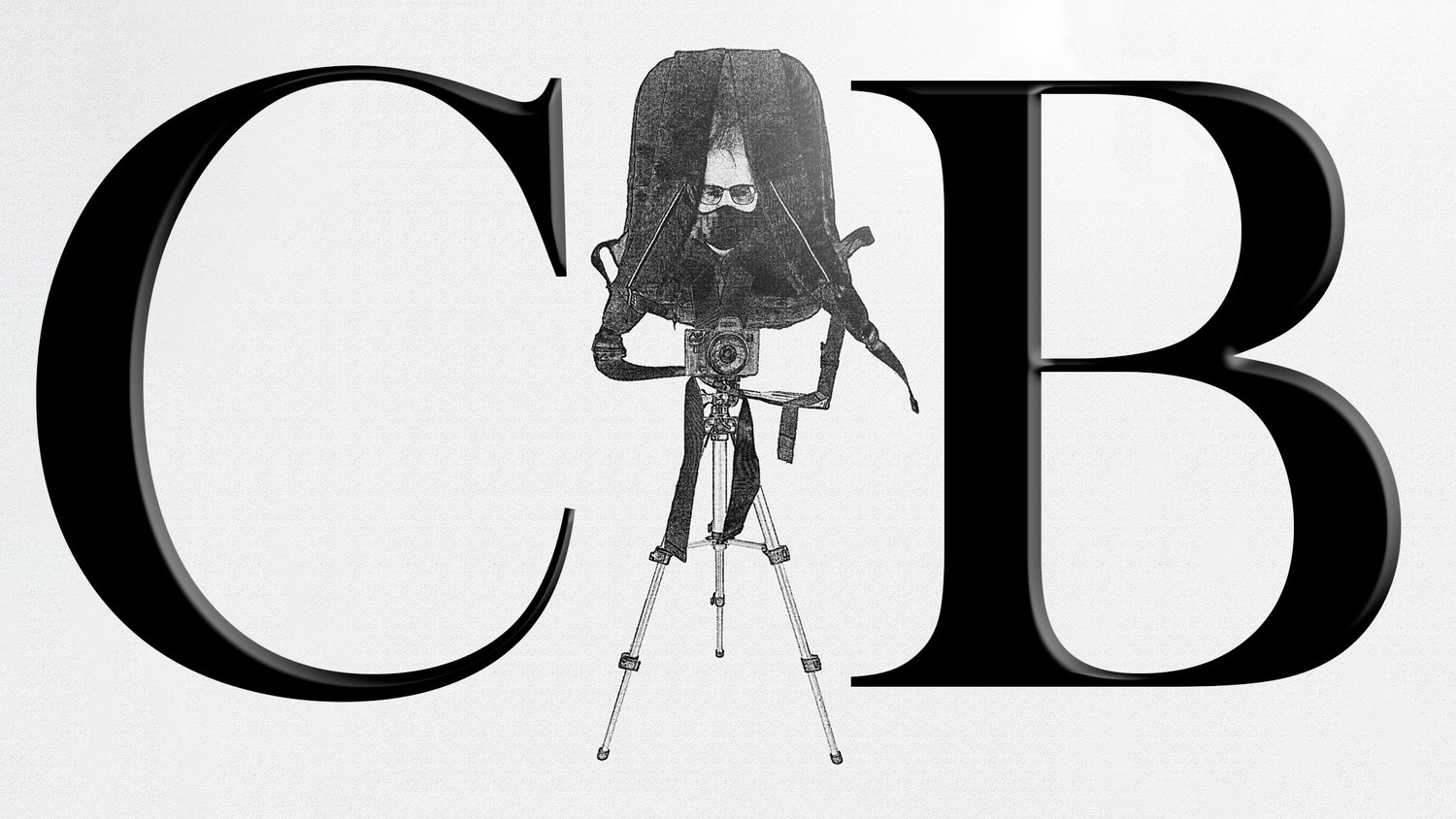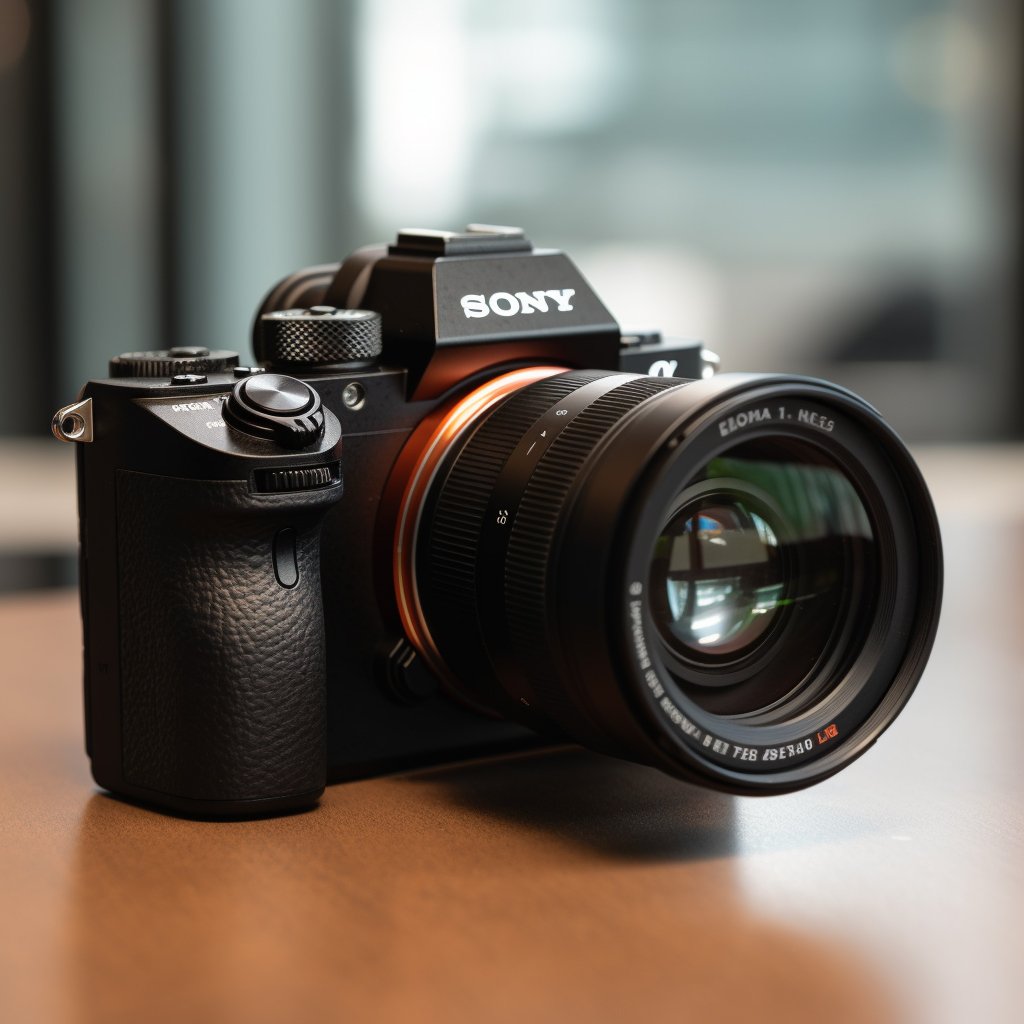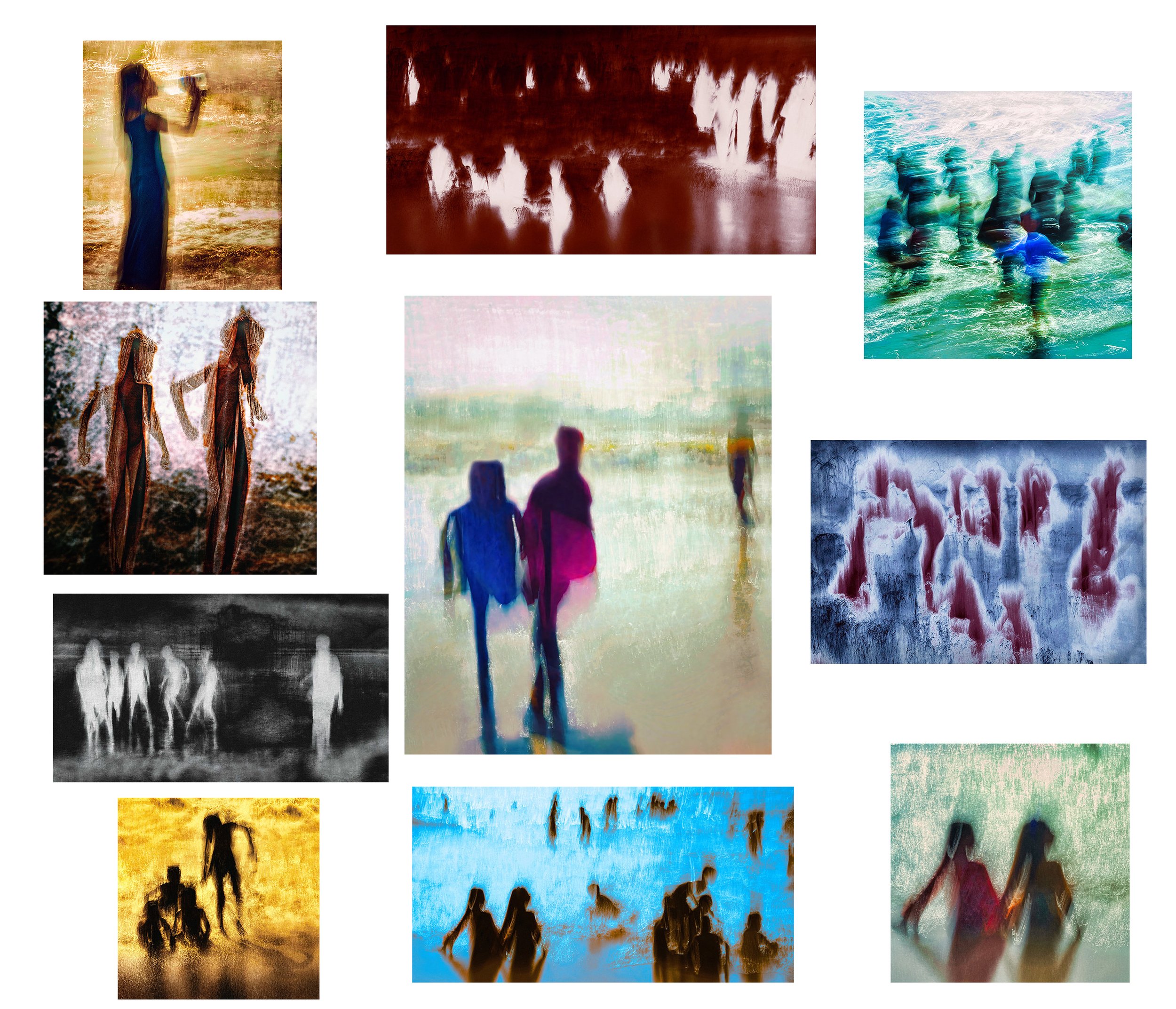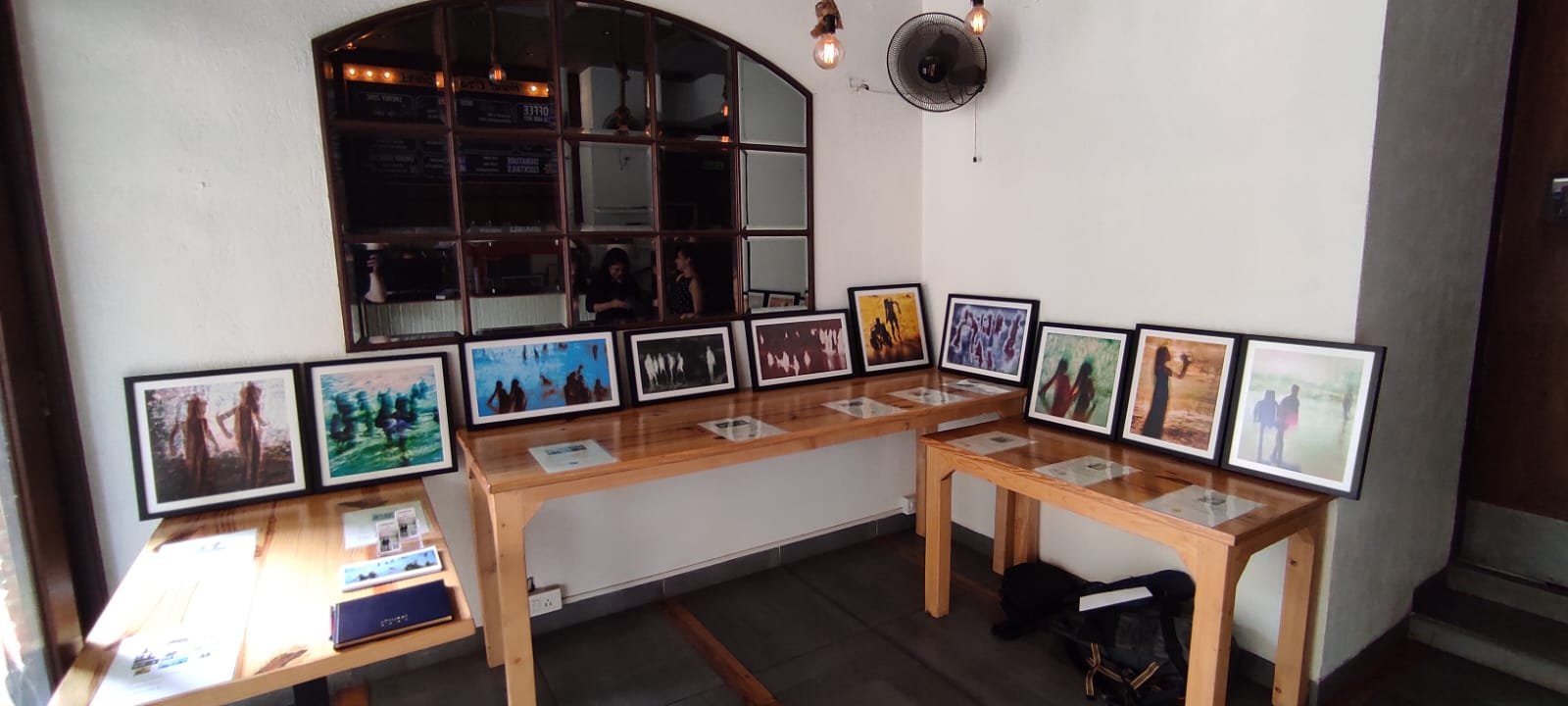How to Use the Sony A7iii to Create Fine Art Photography
The Sony A7III is a highly capable camera that can be used to create stunning fine art photography. In this article, we'll take a look at some tips and techniques for using the A7III to create beautiful, museum-quality fine art images. I’ll also cite a few prominent photographers in reference to each section.
Understand the Basics of Composition
Before you start shooting, it's important to have a basic understanding of composition. Composition is the arrangement of elements within a photograph, and it's one of the most important aspects of fine art photography. Learn about the Rule of Thirds, leading lines, and symmetry, and use them to create visually interesting and balanced images.
The Sony A7III has a high-resolution electronic viewfinder that allows you to preview your composition in real time. Additionally, it has a tilting LCD screen that can be used to compose shots from different angles, giving you more creative options for your compositions.
Ansel Adams was a master of composition in his landscape photography. His use of leading lines, symmetry, and the rule of thirds can be seen in his iconic photograph "Moon and Half Dome," where the curve of the Half Dome mountain creates a natural leading line that draws the viewer's eye towards the moon.
I personally think of composition in terms of what lens I’m using. If I’m using an 85mm prime, for example, I may be focusing on a distant scene using the ICM (Intentional Camera Movement) technique to capture abstract impressionist images. I’m less concerned with overall composition because I intend to do cropping when I’m shooting this way.
But if I’m shooting with a wide-angle lens, like a 24mm prime, then I become concerned with including foreground elements, at the bare minimum, along with considerations for what’s happening in the mid-ground and background. The subject for me holds equal weight with what’s happening around it but I’ll tend to place the subject more along the Rule of Third lines if there’s time. But as a fine art photographer, anything goes. It’s a different way of thinking because post-processing is your constant ally.
Use Manual Mode
When shooting fine art photography, it's important to have complete control over your camera settings. Manual mode allows you to adjust the shutter speed, aperture, and ISO to achieve the desired exposure. This level of control is essential when creating fine art images, as it allows you to create a consistent look and feel across your work.
The Sony A7III has a comprehensive set of manual controls, including a dedicated exposure compensation dial, making it easy to adjust your settings on the fly. It also has a customizable control wheel that allows you to quickly adjust your aperture, shutter speed, and ISO settings.
Cindy Sherman, a conceptual artist who often appears in her own photographs, uses manual mode to create her highly stylized images. By manually controlling the aperture, shutter speed, and ISO, she creates a consistent and controlled look throughout her work, such as in her "Untitled Film Stills" series.
If I’m not in Super Aperture Priority Mode with my Sony A7iii for my walk-around mode, then I’m always in Manual mode. The camera should never dictate all the settings if you have time to take a shot properly. In street photography, sure, use a semi-automatic mode like Super Aperture Priority. But Manual Mode is king.
Experiment With Different Lenses
The Sony A7III is compatible with a wide range of lenses, and each lens has its own unique characteristics. Experiment with different lenses to see how they affect the look and feel of your images. Wide-angle lenses can create dramatic landscapes, while telephoto lenses can create intimate portraits.
The Sony A7III has a wide range of compatible lenses, including Sony's G Master series, which are renowned for their sharpness and bokeh. Additionally, the camera's 5-axis in-body image stabilization helps reduce camera shake, allowing you to use slower shutter speeds with telephoto lenses for sharper images.
Steve McCurry, known for his portrait and documentary work, often uses a telephoto lens to capture intimate and expressive portraits. In his iconic photograph "Afghan Girl," the use of a telephoto lens creates a shallow depth of field that isolates the subject's face and draws the viewer's attention to her striking gaze.
My two favorite lenses for fine art photography at the moment are the Sony 85mm 1.8 and the Samyang 24mm 1.8 (for street photography). While I do have other prime lenses and make use of them, these are my favorite lenses for capturing fine art photography. The Sony 85mm deserves special mention here because I’ve made all of my Aksa Collection prints using it.
Shoot in RAW Format
When shooting fine art photography, it's important to shoot in RAW format. RAW files contain all the data captured by your camera's sensor, which gives you more flexibility when editing your images. RAW files allow you to adjust exposure, white balance, and other settings without losing quality or detail.
The Sony A7III can shoot in 14-bit RAW format, which provides greater dynamic range and more flexibility in post-processing. It also has a dedicated RAW button that allows you to quickly switch between RAW and JPEG shooting modes.
Fine art photographer Gregory Crewdson shoots exclusively in RAW format, allowing him to have complete control over the final image in post-processing. In his series "Beneath the Roses," he uses the flexibility of RAW files to create a surreal and dreamlike world with highly manipulated colors and contrast.
If you own the Sony A7iii or any camera that has the ability to shoot in the Raw format, you should be using it! Otherwise, you’re not taking advantage of your camera’s full potential. Why did you buy that $4,000 camera and $10,000 in lenses to shoot JPEGS? Absolutely insane. Shoot in Raw, always.
Edit Your Images With Professional Photo Editing Software
Post-processing is an essential part of the fine art photography process. Editing allows you to adjust the exposure, contrast, and color of your images to create a unique look and feel. Use editing software like Adobe Lightroom or Photoshop to fine-tune your images and create a consistent style across your work. You can also use creative photo editors like Luminar Neo for compositing and final touches.
The Sony A7III's built-in Picture Profiles provide a range of creative options for post-processing. Additionally, the camera's 4K video capabilities allow you to capture high-quality footage that can be used to create cinemagraphs and other multimedia elements for your fine art projects.
Fine art photographer Brooke Shaden uses post-processing to create a distinct and ethereal style in her work. By manipulating the colors, contrast, and saturation, she creates a dreamlike world that is both beautiful and haunting, as seen in her photograph "Dreaming in Red."
Lightroom - Photoshop - Luminar Neo
My current workflow (it changes over time!) is to use Lightroom to import my images and to do basic edits and selections – the new masking features are incredibly powerful. The same can be said for Adobe Camera Raw. Then more than likely I’m working with Photoshop and evermore frequently, exporting into Luminar Neo for creative touches. It’s a highly versatile and effective workflow for me.
Pay Attention to Detail
Fine art photography is all about attention to detail. Pay attention to the little things in your images, like the way light falls on a subject or the texture of a surface. These small details can add depth and complexity to your images and can take them from good to great.
The Sony A7III has a range of autofocus options, including eye autofocus, which can help ensure that your images are sharp and in focus, even when shooting at wide apertures with shallow depth of field. Additionally, the camera's focus peaking feature can be used to highlight areas of sharp focus in your images, making it easier to identify and capture small details.
Sally Mann is known for her intimate and often controversial images, where every detail is carefully considered. In her series "Immediate Family," she captures her children in a raw and unfiltered way, paying close attention to their expressions, body language, and surroundings.
Print Your Images
The final step in creating fine art photography is printing your images. Printing allows you to see your work in its final form, and it's essential for creating museum-quality prints. Use a high-quality printer and paper to ensure that your images look their best, and consider framing your prints to create a finished, polished look.
The Sony A7III's 24-megapixel sensor provides ample resolution for printing large-format fine art prints. Additionally, the camera's customizable Picture Profiles can be used to create a consistent look and feel across your work, ensuring that your prints are of the highest quality.
Fine art photographer Edward Burtynsky creates large-scale prints of his industrial landscapes, which are often displayed in galleries and museums. By using high-quality printers and paper, he is able to showcase the intricate and complex details of his images, such as in his photograph "Manufacturing #17."
It's also helpful to get to know a local printer and to learn about the types of printing papers that are available. For my own work, I’ve been captivated by Hahnemuehle and using their various papers for my work. Hahnemuehle's fine art papers, in particular, are known for their excellent color reproduction and impressive range of textures. They offer various options, including smooth, textured, and glossy surfaces, as well as different weights and sizes. The range of papers available allows photographers to choose the perfect paper for their specific needs, creating a unique and personalized final product.
The Sony A7iii Is an Artist’s Friend
The Sony A7III is a powerful tool for creating fine art photography. It still stands the test of time, in my view, because the advances that Sony has made since its launch in 2018 haven’t been as earth-shaking. The A7iv is only a marginal improvement. I won’t harp on about how I believe Sony hasn’t really done its job with later iterations in its mirrorless lineup, but I will say that the Sony A7iii isn’t one of the best-selling cameras in the world for nothing. And artists should take note if they don’t want to break the bank and invest in a solid piece of technology that will get the job done. I’ve no major reasons to upgrade. I’m holding onto this camera until it breaks.
Purchase the Sony A7iii Via My Amazon Affiliate Link
If you’re in the market for a Sony A7iii, consider using my Amazon affiliate link. It doesn’t cost you anything additional and I’ll receive a small commission.
Some of My Street Photography Workshops
A list of my current Mumbai workshops and around the world.



